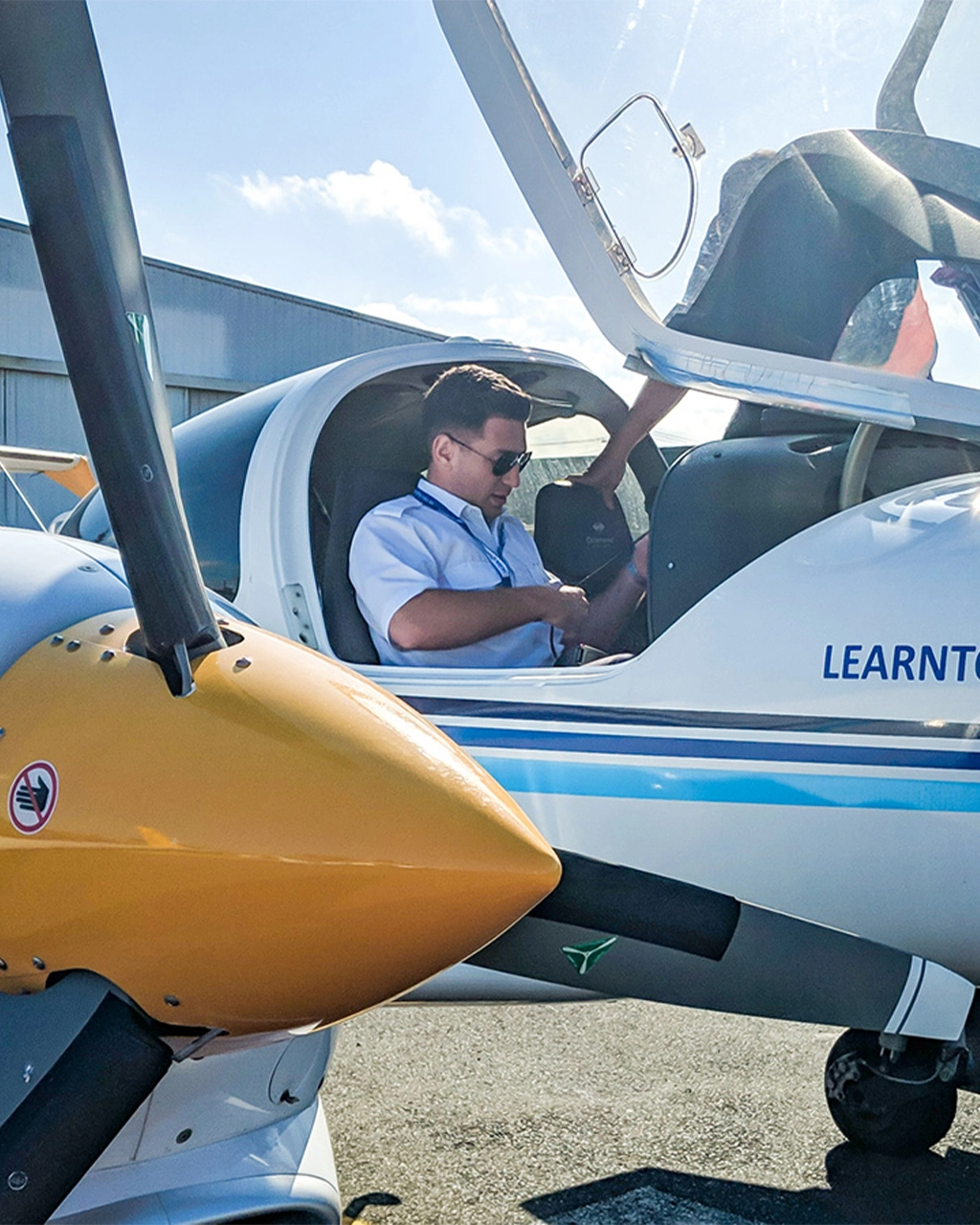
January 20, 2023
6 Reasons Private Pilots Should Get Multi-Engine Flight Training
It’s a major accomplishment to earn your private pilot’s licence. The pilot’s licence results from the student’s dedication to learning everything there is to know about the specific aircraft type. However, with only a private pilot’s licence and no further ratings, the pilot is restricted in what they may perform.
If a pilot doesn’t have instrument flight training, for instance, he or she may only be able to take off on particular days when the conditions are favourable. A pilot without multi-engine flight training can only operate a single-engine aircraft.
This blog will discuss why private pilots should go for other endorsements and add-on ratings like instrument flight and multi-engine flight training to expand their aviation skills and knowledge.
Reasons Why You Should Get Your Multi-Engine Rating
The ability to operate aircraft with more than one engine requires a special endorsement called a “multi-engine rating,” which certified pilots can get. Anyone aiming for a career as a professional airline pilot should have this rating, as most large regional and national airlines employ multi-engine aircraft.
Here are six other reasons that make multi-engine flight training worth it:
1. Two are better than one
Multi-engine aeroplanes are more stable in flight than single-engine aeroplanes because of the redundancy built into the system. Having more than one engine means that if one fails you still have power available from the other engine(s). This increases your chance of surviving accidents and incidents that would otherwise result in loss of control and/or crash landings.
2. It’s faster
With two engines, you can climb faster and cruise at higher speeds, which means better time management on cross-country flights and less fuel burned on shorter hops. The weekend getaway in a private aircraft is a welcome respite for many busy pilots. The sooner you get there, the better off you will be. Time spent in transit can be minimised by using a multi-engine plane. Commercial or not, a multi-engine plane will get you to your destination faster than a single-engine plane.
3. Provides the opportunity to fly larger, more spacious aircraft
Your little, single-engine plane is great for day excursions, but what if you want to start taking your friends and family along, too? There may not be enough room for you, your friends, and all their stuff.
When comparing single-engine to multi-engine aircraft, you’ll see that the latter is significantly larger and can carry more cargo and passengers.
4. Availability of a Wider Range of Aircraft
Adding a multi-engine rating to your pilot certification opens up a new selection of aircraft for you to rent or own.
There is a broader variety of options. This allows you to pick the plane that is ideal for you. Further, there are no airspace limitations to worry about. You wouldn’t have to settle for just one because of your pilot’s licence. Because of this chance, you’ll be able to take your plane somewhere that usually wouldn’t be safe for a single-engine plane. If you have a deep-seated drive for adventure and a love for flying, then multi-engine training is the way to go.
5. More Career Opportunities in the Future
You will have a better chance of getting hired as a pilot by airlines and charter companies.
The more credentials you have under your belt and the more time you’ve spent in the cockpit, the easier it will be to advance in the aviation industry. Given that instrument flight training and multi-engine rating is essential to your professional advancement, you may as well obtain them now to put yourself in a stronger position for the future and to demonstrate to potential employers that you are eager to expand your skill set.
6. You’ll Improve Your Flying Skills
Multi-engine planes are more complicated to fly than their single-engine counterparts. They have more moving parts, more systems that could fail at any moment, and require careful attention by the pilot at all times to stay safe in flight.
Your flying skills will improve substantially simply by learning how to fly these aircraft properly. You’ll learn how to handle different situations that may occur during flight with ease, which will make you a better pilot overall!
Multi-Engine Flight Training Is Essential For Commercial Pilot Licence Holder
Most persons considering getting a multi-engine rating have previously earned at least their private pilot’s licence. You could also have your commercial pilot licence and instrument flight training under your belt. Multi-engine training will give you the skills and confidence you need to fly independently.
No minimum number of flying hours is necessary to earn a multi-engine rating. Schedule an oral examination and trial ride once you have completed training with an instructor to master the required abilities and emergency recovery procedures. You may acquire a rating that will greatly increase your options and enhance your flight potential with as few as ten to fifteen hours of flight experience. Learn to Fly offers multi-engine flight training in the modern Diamond DA42 aircraft with a G1000 glass cockpit and the Piper PA44 Seminole. We have a fleet of well-maintained aircraft that spans the range of teaching possibilities, from ultra-modern jets to classic biplanes. We are Victoria’s only Diamond aircraft flying school, providing training on the Garmin G1000 avionics glass cockpit-equipped Diamond DA40 and Diamond DA42. We also have a Cessna 172, a Piper Seminole, an 8KCAB Super Decathlon, and a Foxbat A22LS in our fleet.








